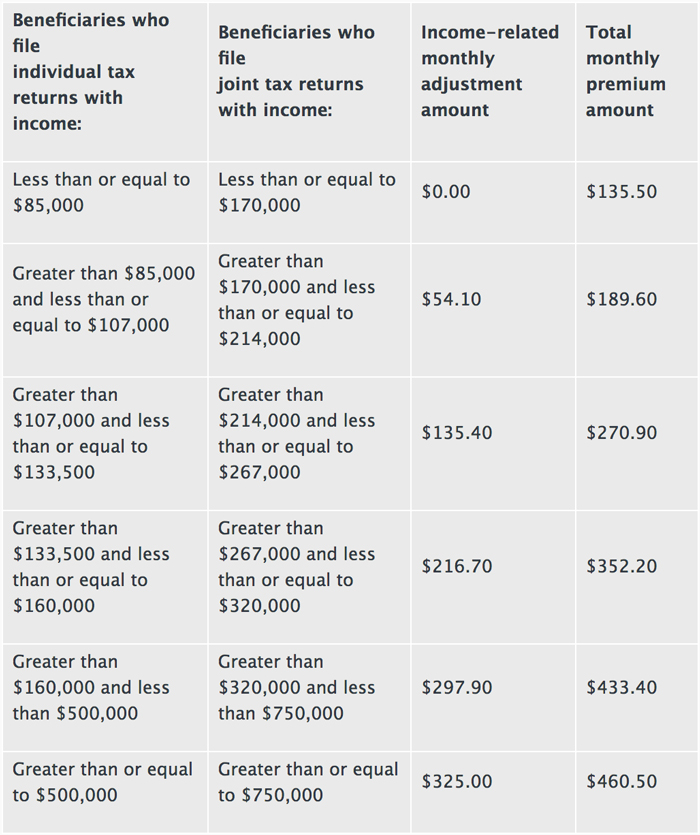 Contributed by: Kali Hassinger, CFP®
Contributed by: Kali Hassinger, CFP®
Elections and the stock market are two topics prime for speculation. The media will speculate on who will win elections, and then again speculate on how those outcomes will affect the markets! With this double layer of uncertainty and recent market volatility, investors can be left with feelings of unease. Currently the Republican president is backed by a Republican-led Congress; however, this year's midterm elections have the balance of power on the ballot. 35 Senate seats are up for grabs, and Democrats would need to gain two seats to take control.
Although there is no way to say how the markets will be affected by either outcome with certainty, history can help to keep us grounded. The chart below shows us the average annual S&P 500 performance by the presidential party and the majority Congressional party. Regardless of the power make-up or split, the index has averaged positive returns. A party split (i.e., Republican president and Democratic Congress or Democratic president and Republican Congress) has delivered better performance than when a single party controlled both branches of government.
The S&P 500 is an unmanaged index of 500 widely held stocks that is generally considered representative of the U.S. stock market.
The year following midterm elections has historically had the best stock returns of the president's four-year term, even when a president's party loses seats in Congress. The last time the S&P 500 declined in the year after midterm elections was 1946, but, although a guide, history is not a fortune teller.
We cannot control the election results or the market, but we can control our vote and how we handle our investments.As always, we preach sticking to your financial plan without making changes to your portfolio out of fear or uncertainty.Our team remains aware of the political and economic landscape, but your portfolio is always constructed with your long-term goals in mind.
Kali Hassinger, CFP® is an Associate Financial Planner at Center for Financial Planning, Inc.®
Source: https://www.wsj.com/articles/midterms-are-a-boon-for-stocksno-matter-who-wins-1538645400 Links are being provided for information purposes only. Raymond James is not affiliated with and does not endorse, authorize or sponsor any of the listed websites or their respective sponsors. Raymond James is not responsible for the content of any website or the collection or use of information regarding any website's users and/or members.




















